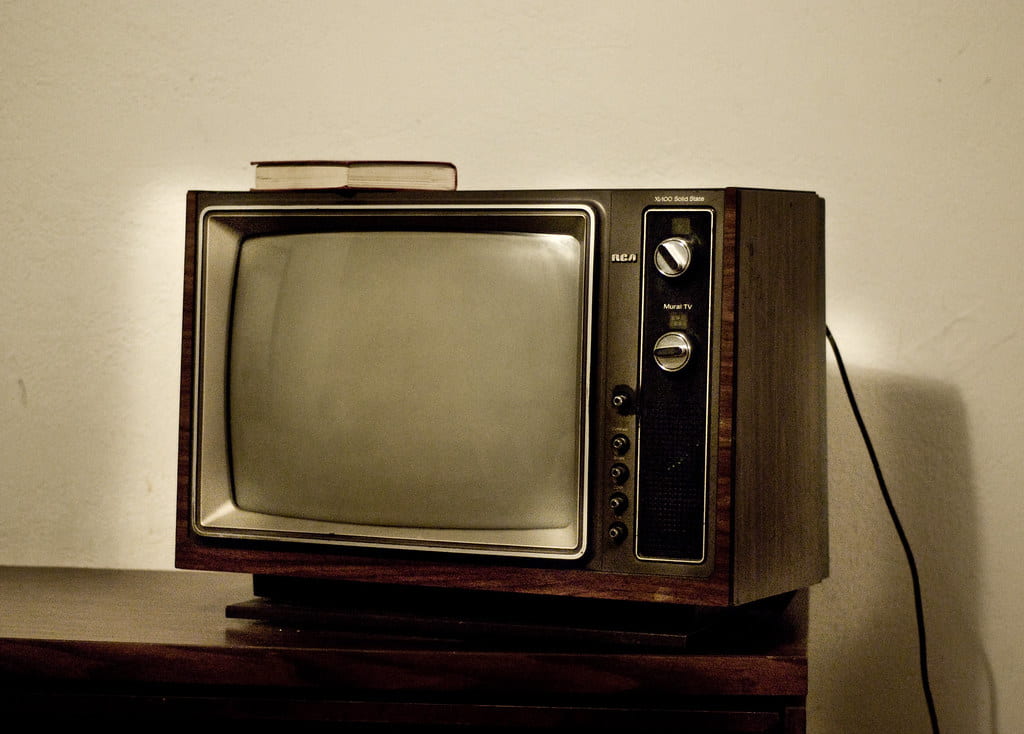| TOPIC | YOUR NOTES |
| 1. Who is the protagonist? | Patrick Bateman |
| 2. Who is the antagonist? | Paul Allen, Detective Kimball |
| 3. What is the conflict? | The conflict is at first between Paul Allen and Patrick Bateman as Allen not only causes Bateman to feel intense jealousy he also happens to be seeing his girlfriend. Angered by this he kills Allen, and the new conflict of covering up his murder arises. |
| 4. What is the theme or central, unifying concept? (summarize in one or two words) | Materialism, Consumption |
| 5. How is the story told (linear, non-linear, with flashbacks, flash-forwards, at regular intervals) | The storytelling is very linear for the majority of the movie, and even the ending itself is not necessarily out of order but rather ambiguous. By the end we don’t know whether or not the events of the movie actually happened, so the timeline itself towards the end is left ambiguous. |
| 6. What “happens” in the plot (Brief description)? | Patrick Bateman, a high rolling successful New York banking investor is secretly plagued with morbid and psychotic fantasies that he hides from his co-workers. His psychopathic ego and murderous delusions eventually lead to him taking the life of a coworker, causing him to go farther off the deep end and indulge in these fantasies. |
7. How does the film influence particular reactions on the part of viewers (sound, editing,
characterization, camera movement, etc.)? Why does the film encourage such
reactions? | What stands out most about this film is the contrast in its parts. The regular everyday setting of office buildings and fancy New York restaurants are filmed with clean, smooth neutral, and close-up shots that frame the characters in a sensible and natural manner. On the other hand, there are incredibly jarring and often downright terrifying murder and chase scenes that cut violently back and forth and frame Patrick in an almost insane light. |
| 8. Is the setting realistic or stylized? What atmosphere does the setting suggest? Do particular objects or settings serve symbolic functions? | The setting is meant to be realistic for that of a wealthy New York socialite with, as I mentioned before, fancy restaurants and lounges that serve to be somewhat symbolic of the wealth Bateman surrounds himself with. What’s interesting is that the expensive restaurants that Bateman and his coworkers frequent serve as status symbols for being able to make a reservation. They represent the materialistic and petty competition between the characters and the superficial jealousy that Bateman feels |
| 9. How are the characters costumed and made-up? What does their clothing or makeup reveal about their social standing, ethnicity, nationality, gender, or age? How do costume and makeup convey character? | Given that materialism is one of the movie’s universal themes, the makeup, and costumes for each and every character is intensely important and reveals their social standing in relation to Bateman himself. Paul Allen is described as wearing top-of-the-line expensive suit pieces with finely crafted glasses, albeit a slightly worse haircut than Bateman. Everything about the way that he is styled reveals that he is a rich and toxic male New York socialite who uses his clothes and material possessions to “one-up” his coworkers. This is just one example, but in this movie, costumes reveal what kind of person a character is going to be and even give a glimpse into how they are viewed by Bateman. |
| 10. How does the lighting design shape our perception of character, space, or mood? | In most of the social scenes, we see the lighting cast over Bateman and his coworkers that frames them in a very flattering way; perhaps showing the audience that they epitomize the height of luxury. In darker scenes, however, the lighting design is intended to make Patrick seem unassuming but sinister at times, and at others downright insane. For the audience, this distinction of lighting between his normal life and his murderous antics further develops how truly sick Patrick is. |
| 11. How do camera angles and camera movements shape our view of characters or spaces? What do you see cinematically? | When it comes to Patrick, the duality of camera angles used for specific scenes is indicative of the duality of his character; one side pretending to be satisfied with his horribly boring life and the other indulging in extremely dark and twisted fantasies. This is best evidenced when Patrick invites Paul Allen back to his apartment. In the previous scenes, we see simple back and forth camera angles of the two having a seemingly pleasant dinner with Patrick visibly trying his best not to lose his temper. In the next scene, however, the camera follows Patrick around his house in a very close manner, detailing his every move as he prepares to murder Allen. What makes this scene so unique is the dramatic irony that it conveys, with the audience being able to clearly see the camera slowly pushing in as Bateman’s murderous intentions become apparent; all the while watching the completely oblivious Paul Allen about to meet his fate. |
| 12. What is the music’s purpose in the film? How does it direct our attention within the image? How does it shape our interpretation of the image? What stands out about the music? | Music in particular plays an important role in both the plot of the movie as well as the overall mystery of the ending. When Patrick prepares to murder his victims, he puts on various popular artists like “Hughey Lewis and The News” in order to disarm and confuse his victims. This becomes his signature style throughout the film with the deaths of Allen and multiple women. The music itself is often very upbeat and bouncy, starkly contrasting the grisly murders playing out on screen. |
| 13. How might industrial, social, and economic factors have influenced the film? Describe how this film influences or connects to a culture? | There is no denying that American Psycho has gained an immense cult following in the years following its release, but why is this? It’s not like the movie ever failed at the box office, making around 34 million dollars in its initial release. The movie itself was a success, but what’s interesting is how modern audiences interact with the media. Unlike many older movies, American Psycho integrated itself into the early 2000s and 2010s “meme culture”, significantly increasing its notoriety as a whole. The uncertainty of the ending and some of the out-of-pocket and surprising dialogue became a source of much humor and parody, with artists like Maroon 5 and Kanye parodying the movie’s atmosphere in their music videos. The reason for the film’s preservation as a source of humor is linked to its heavy satirical nature and themes. |
| 14. Give an example of what a film critic had to say about this film. Use credible sources and cite sources.Example: “The Shawshank Redemption Movie Review (1994) | Roger Ebert.” All Content. N.p., n.d. Web. 24 June 2015. |
“It’s a horror movie, one discreetly short on gore and grisliness — a lock of blond hair tucked into a breast pocket here, a glimpse of a head in a fridge there. When the movie finally does get around to a charnel-house set-piece, complete with phallic chainsaws and spiral-staircase zoom-ins, you can almost hear Brian DePalma slow-clapping.”
(SUMMARIZE)
“American Psycho 20th Anniversary Review | Rolling Stone.” All Content. N.p., n.d. Web. 16 April 2020. |
| 15. Select one scene no longer than 5 minutes that represents well the whole film and shows relevant cinematic elements. Write a one-sentence description of the scene and record the time of the scene.Example: from 1:05:00 to 1:10:00.Explain why you chose this scene. | 00:19:38 – 00:24:38
In this scene, we see Patrick and his coworkers bragging about their expensive and well-designed business cards, each character trying to one-up the other. Seeing Paul Allen’s card sends Bateman into a jealous spiral, losing his usual collected composure and deciding to take out his anger by murdering an innocent homeless man. |
| 16. In the selected scene: write a sentence for each of the elements below to justify why this scene best represents the film: | |
| a. Screenwriting: | The duality of Bateman’s character is well expressed throughout this short scene, where we can see the facade he puts up around his contemptible coworkers falter, gaining a glimpse into his truer and more sinister nature. |
| b. Sound Design: | The sound design in this scene hinges on Bateman’s voiceover, as he critiques his coworker’s cards while embellishing his own until finding Allen’s, in which case his inner monologue is isolated and given more vocal weight than the lines of the other actors around him. |
| c. Camera Movements/Angles: | The angles used in this scene are almost all close-up angles that frame Bateman’s face center-left of the screen so we are able to see how he plays off the reactions of his nearby coworkers and thus gain insight into how he masks around them. |
| d. Light Setup: | The lighting in this scene frames Bateman’s face in a way that draws attention to the shadows around his eyes and the gauntness of his expression as he stops masking. |
| e. Soundtrack/Score: | There is actually very little/no music punctuating the majority of this scene, save for when it transitions to the dark ally where the soundtrack takes on a foreboding tone that is emblematic of Bateman’s behavior. |
| 18. What’s the socio-cultural context of this film? | The surface-level impression of this film is that it is a simple horror story about Patrick Bateman, a wealthy investment banker, and a seemingly stand-up guy. That is, however, until he starts murdering people out of jealousy, spiraling downward to his eventual breaking point. This is all true, however, it ignores the cultural and social context of the film. The film is set in New York in the 1980s, a time of unprecedented financial growth for the wealthy stock traders and investment brokers. A culture built around extravagance and toxic one-upmanship. American Psycho not only acts as a piece that satirizes this time period and culture but also provides insight into just how easy it is to get away with murder if you possess immense privilege. The intense jealousy and rage that fuels Bateman to murder Paul Allen critiques the time period’s culture of empty materialism while also serving to bring up another important critique. Despite the ambiguity of the ending and Allen’s murder, we do know that he did in fact kill over half a dozen women and faced no consequences for it. The fact that Bateman is never held accountable for his egregious crime contributes to the film’s critique of the power of privilege, using Bateman to exemplify how easy it is for the right person to get away with murder. |

.
